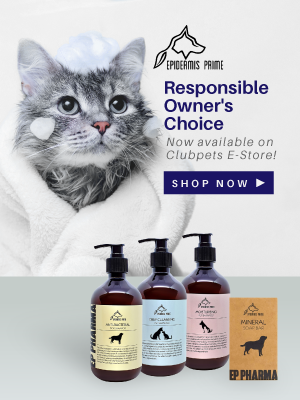Can You Over-Groom A Cat? Here’s All You Should Know
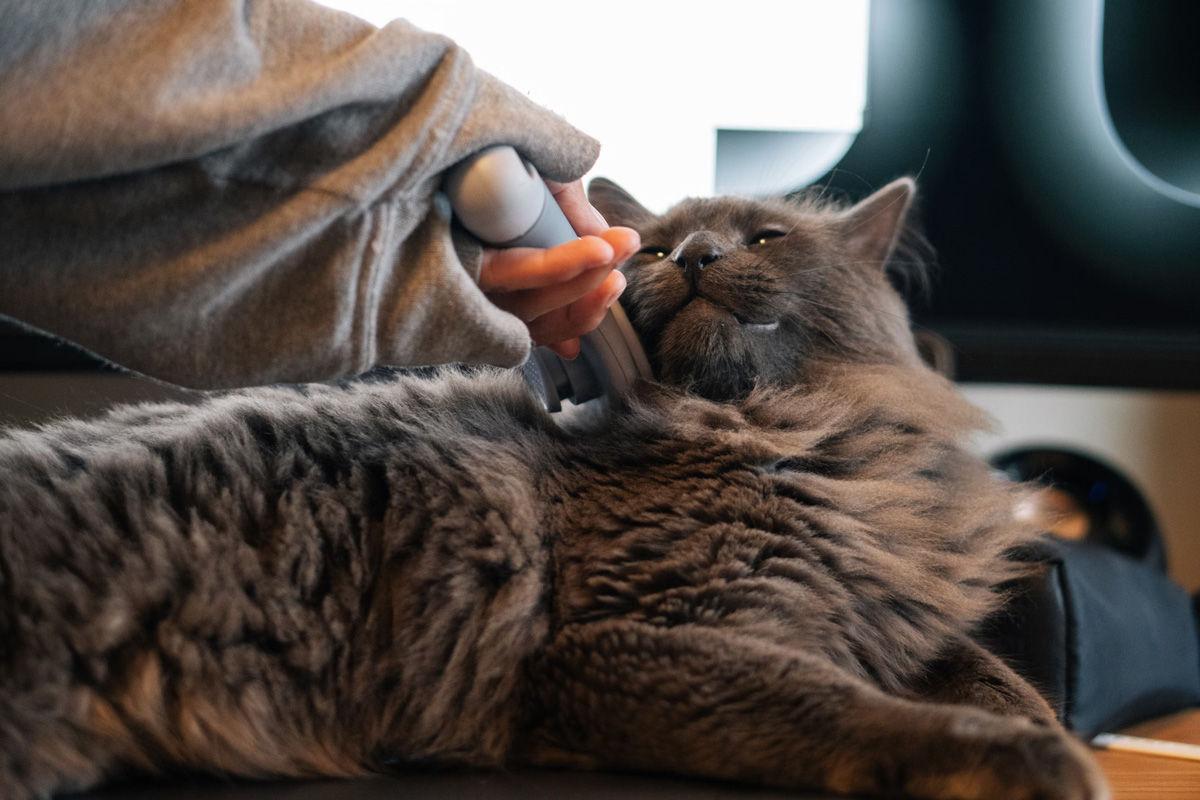

There’s a fine line between good grooming habits and overdoing it. Yes, even when it comes to your cat. Whether it’s you with the brush or your feline constantly licking themselves, over-grooming is very real and can cause more harm than good. Most pet owners just want their cats to look neat and healthy, but without the right approach, your well-meaning efforts might backfire.
What many don’t realise is that both human and feline actions can lead to over-grooming. Cats naturally groom themselves to stay clean and regulate their temperature. But when that behaviour becomes obsessive, it might be a sign of stress or discomfort. On the other hand, too much brushing, bathing, or trimming by humans, though done with love, can irritate your cat’s skin, damage their coat, and leave them more anxious than pampered. That’s why it’s important to understand the signs, the risks, and the right grooming routine for your furry companion.
Understanding Over-Grooming in Cats
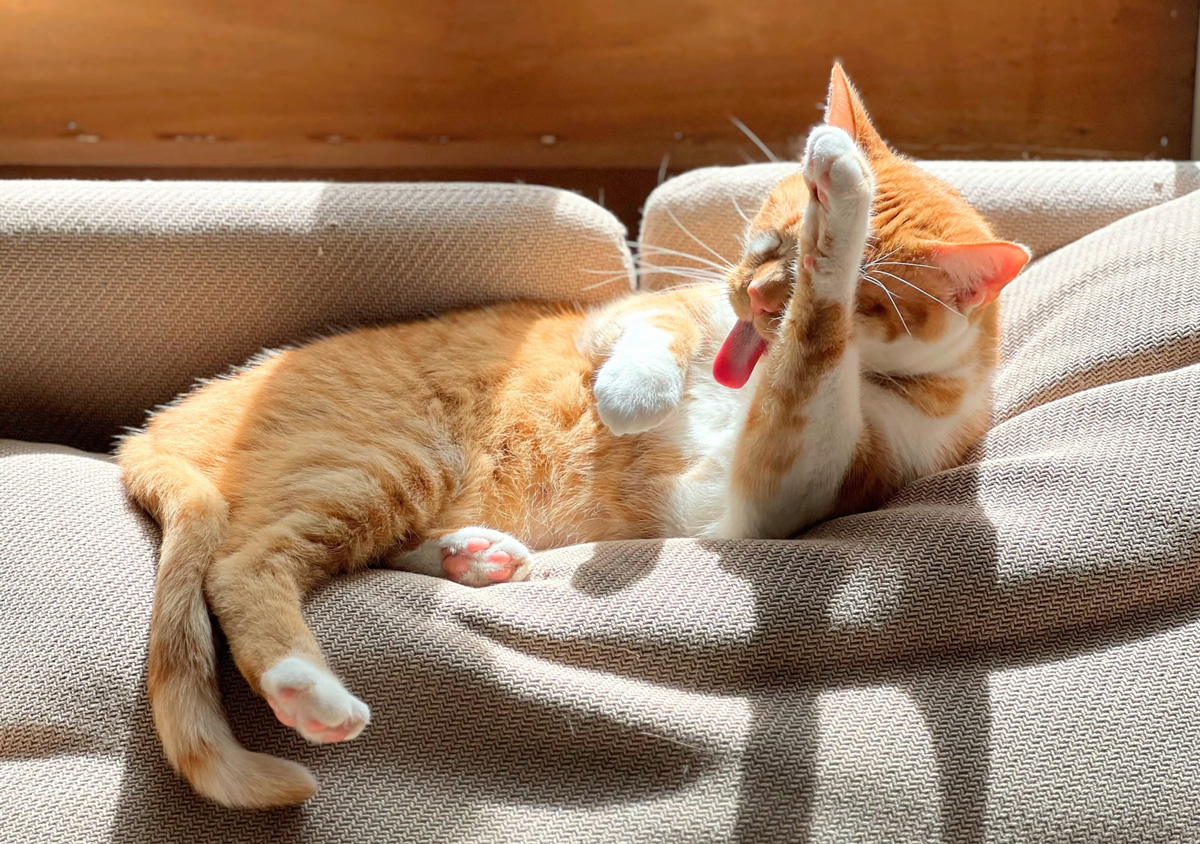
Over-grooming happens when a cat grooms itself more than what’s considered normal or when humans overstep in the name of cleanliness. A healthy cat will spend around 30% to 50% of its day grooming. But if you start noticing bald patches, red or irritated skin, or constant licking in one area, your cat may be grooming too much. This can stem from various causes, ranging from boredom and anxiety to underlying skin issues or parasites.
Human-led over-grooming is also surprisingly common. It often begins with good intentions, like removing loose fur, detangling knots, or trying to reduce shedding. But frequent brushing or using the wrong grooming tools can harm your cat’s delicate skin. Similarly, giving baths too often strips the coat of natural oils, leading to dryness or even infections. Some owners may trim their cat’s fur in hot weather, not realising that a cat’s coat is designed to insulate and protect, whether it’s hot or cold.
Signs Your Cat May Be Over-Grooming
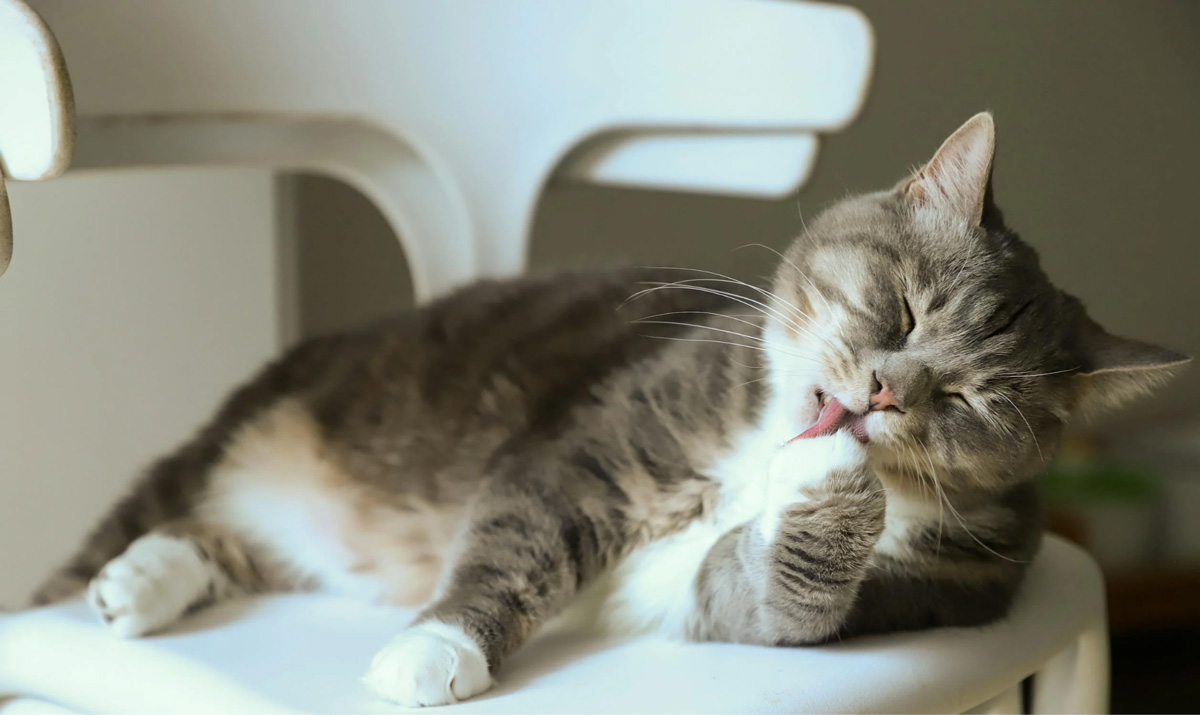
Cats are masters at hiding discomfort, so the signs can be subtle at first. Look out for these:
- Excessive licking or chewing, especially in one spot like the belly or front legs.
- Visible bald patches or thinning fur.
- Red, inflamed, or scabby skin.
- Increased hairballs or vomiting from swallowing too much fur.
- Behavioural changes like irritability or hiding more than usual.
If you notice these signs, it’s important not to scold or punish your cat. Over-grooming is often a coping mechanism for stress or an indication of a medical problem. The best approach is to seek advice from your vet to rule out underlying issues such as allergies, fleas, or anxiety.
How to Groom Safely Without Overdoing It
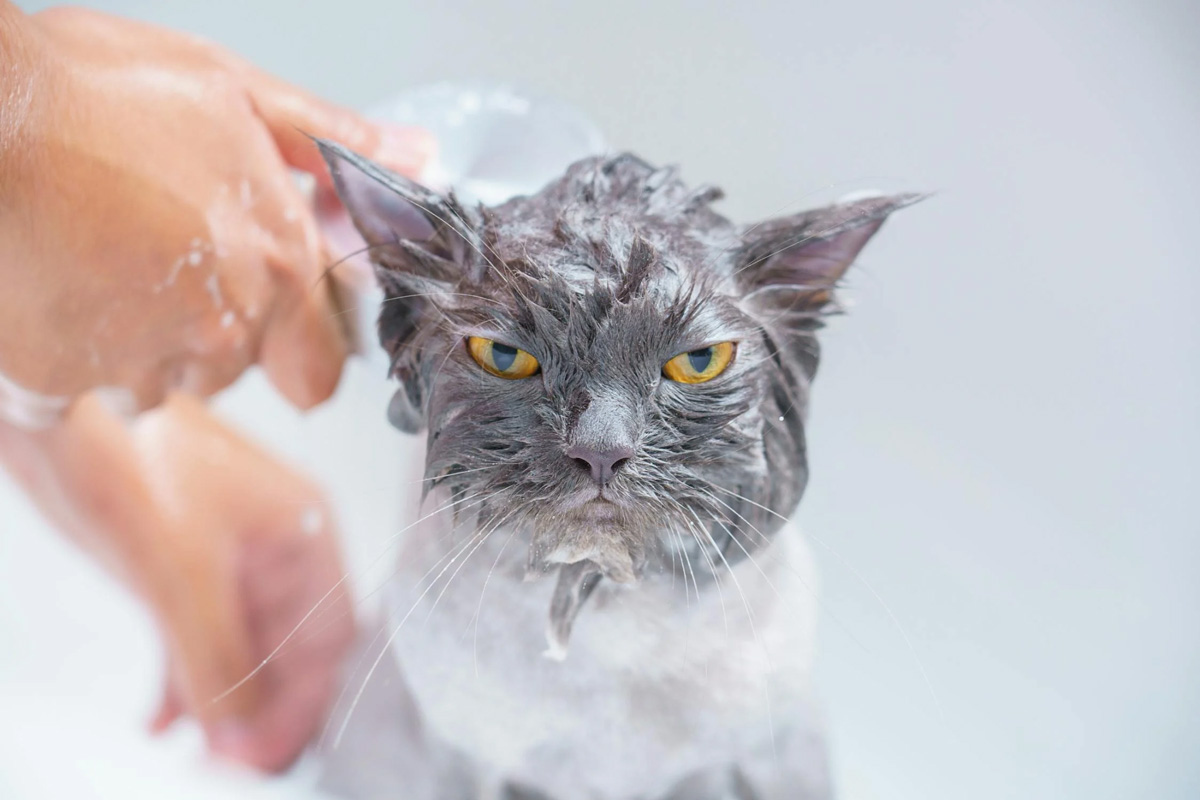
When it comes to the best cat grooming practices, balance is key. You don’t need a daily routine unless your cat has a long coat or medical reasons. For most short-haired breeds, brushing once or twice a week is sufficient. Use a soft-bristle brush or grooming mitt to gently remove loose fur and distribute natural oils. Watch how your cat reacts – if they seem agitated or try to get away, you might be brushing too hard or too often.
Bathing should be kept to a minimum. Most cats are excellent at self-cleaning and don’t require regular baths. Exceptions include hairless breeds, cats with skin conditions, or situations where they’ve got into something sticky or dangerous. When you do bathe your cat, use a gentle, cat-specific shampoo and keep the experience as stress-free as possible.
Don’t forget the little things: nail trims every few weeks, gentle cleaning around the eyes and nose if needed, and checking their ears occasionally. One common question owners have is if cats really need regular ear cleaning. The short answer? Not unless your vet recommends it. Too much poking around in the ears can cause more harm than good.
When Over-Grooming Is Stress-Related
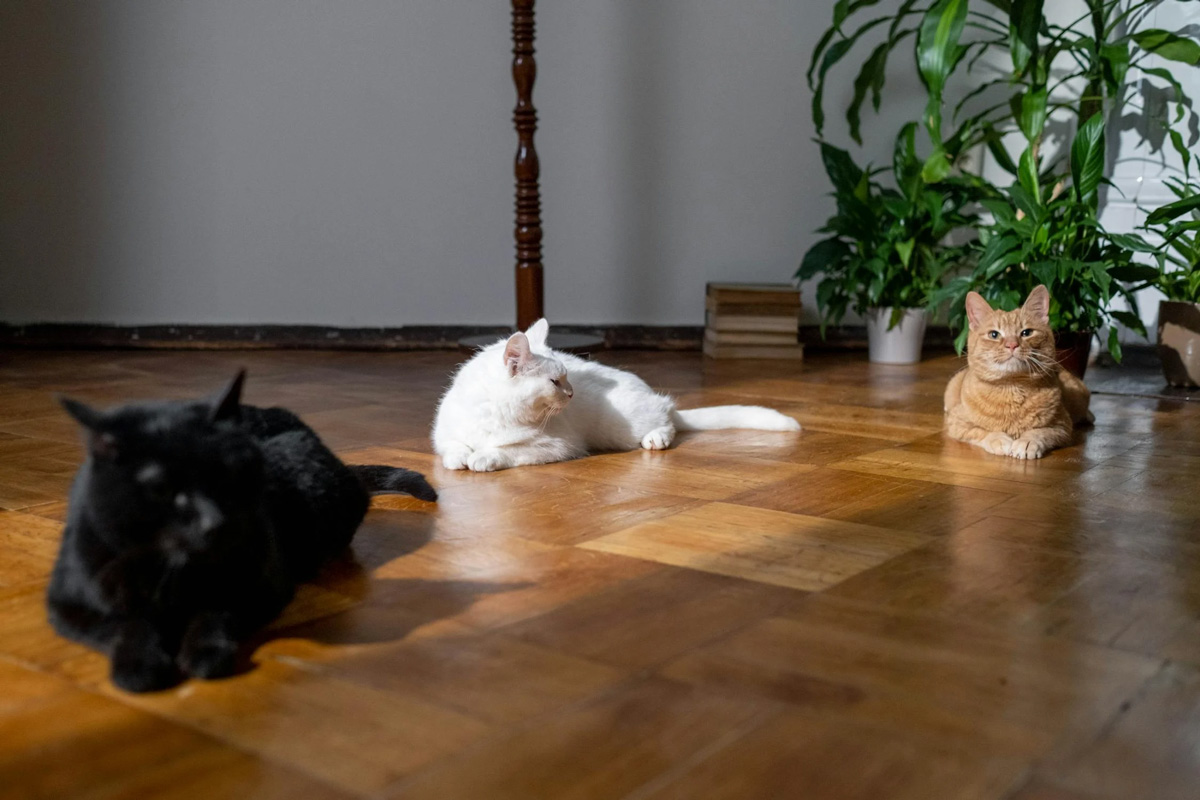
Cats can become compulsive groomers when they’re anxious or stressed. Changes in the household, new pets, lack of stimulation, or even boredom can all be triggers. In these cases, the solution isn’t just cutting back on grooming, it’s addressing the root of the stress. Make sure your cat has enough toys, vertical space, and quiet corners to retreat to. Pheromone diffusers, interactive playtime, and consistent routines can also help.
Sometimes, over-grooming becomes a behavioural issue that needs professional help. Vets or animal behaviourists may suggest anxiety-reducing strategies or even short-term medication if needed. The earlier you catch the problem, the easier it is to manage.
If you’re unsure about how to start or maintain a healthy grooming routine, don’t hesitate to ask for guidance. Many pet shops in Singapore offer grooming advice, workshops, or even grooming services for those who prefer to leave it to the professionals. These shops also carry high-quality brushes, shampoos, and grooming tools that are gentle and safe for cats. Make sure to check product labels and go for items specifically designed for feline use.
For owners looking to provide the best cat grooming experience at home, it’s worth investing in the right tools and taking the time to learn proper techniques. A calm, patient approach will make grooming a bonding time rather than a battle.
Creating a Safe Grooming Routine for Your Cat
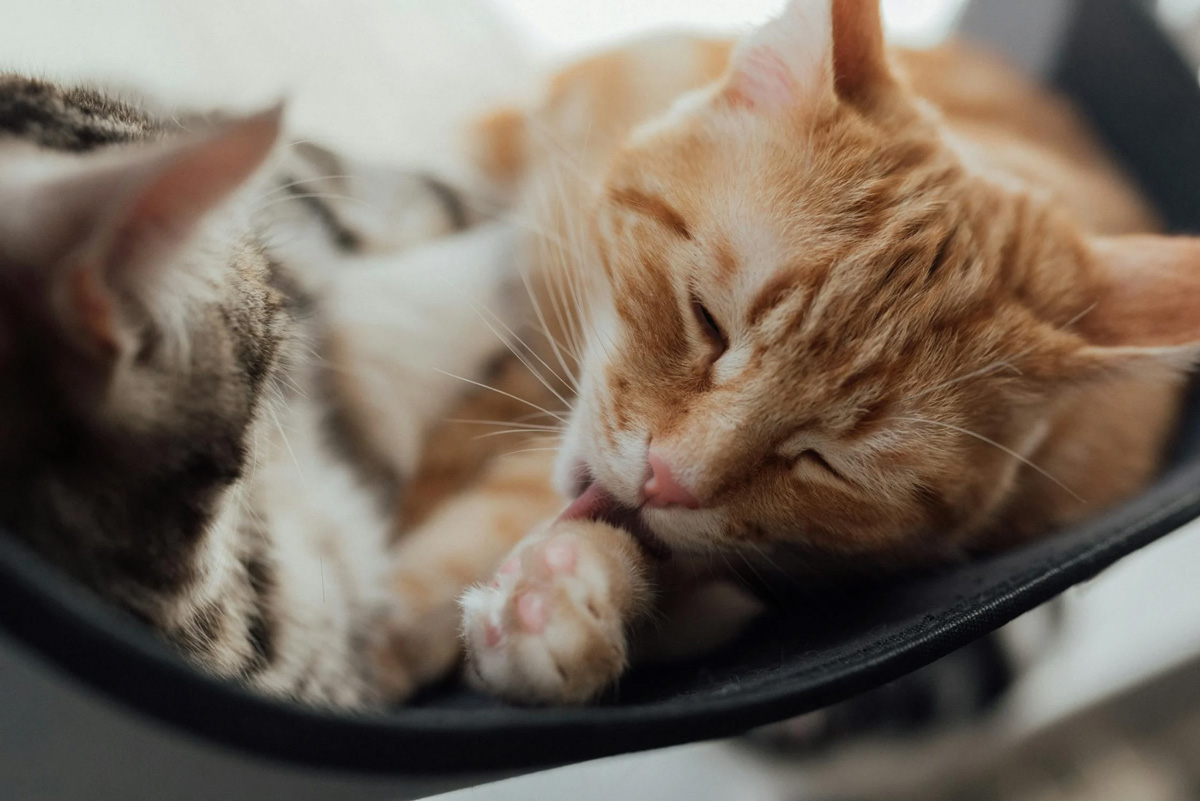
Your cat depends on you not just for love and food but also for their overall well-being, including grooming. While it’s tempting to try every product or method you come across online, it’s important to remember that every cat is different. Some enjoy being brushed, while others tolerate it only briefly. Some might never need a bath, while others require extra care due to breed or health.
Always keep an eye out for signs of over-grooming, whether it’s something your cat is doing to themselves or the result of well-intentioned human care. Approach grooming gently, watch your cat’s behaviour closely, and don’t hesitate to ask your vet for tips when in doubt. With the right balance, grooming can be a relaxing and beneficial part of your cat’s life, just the way it’s meant to be.



